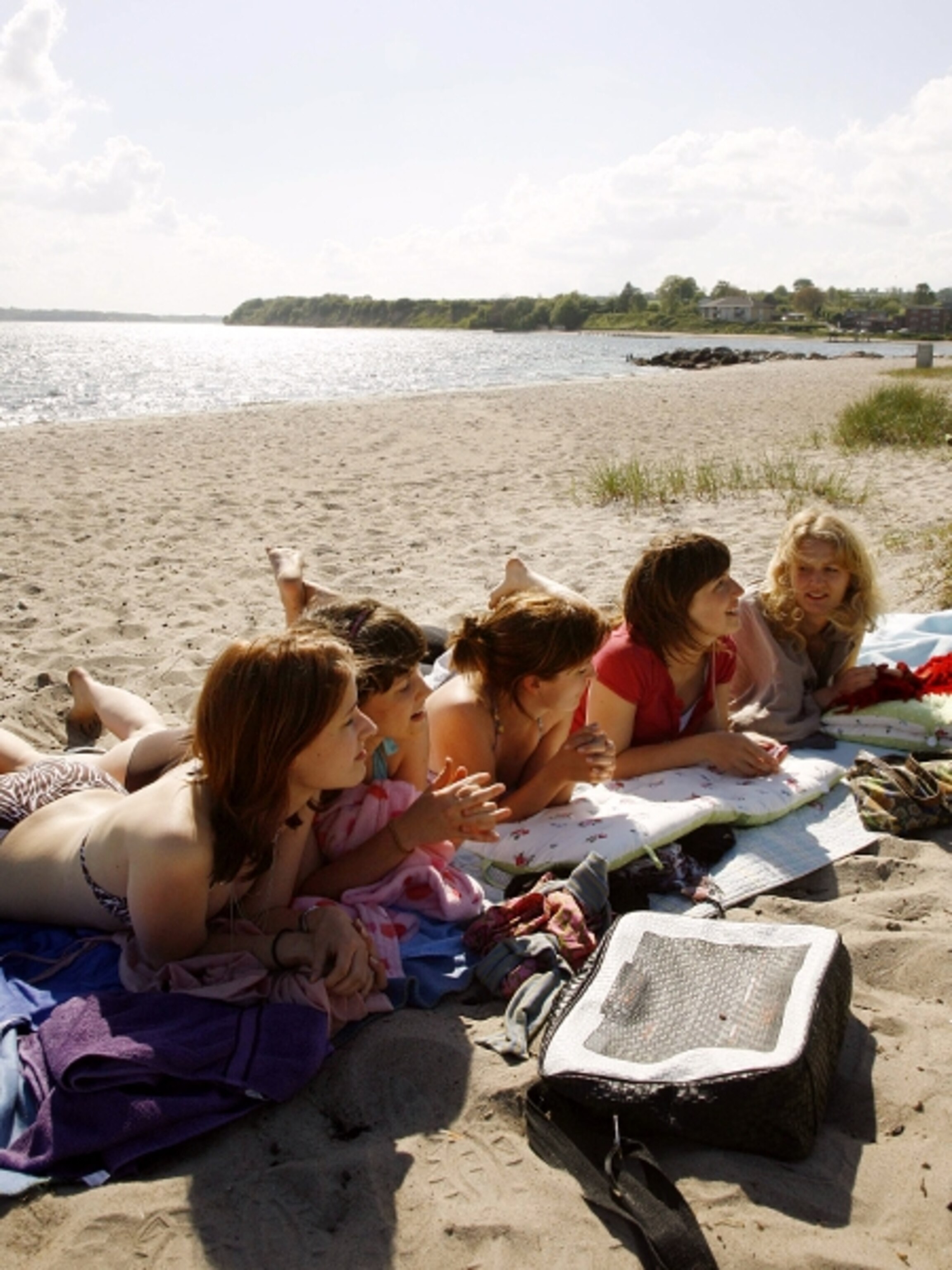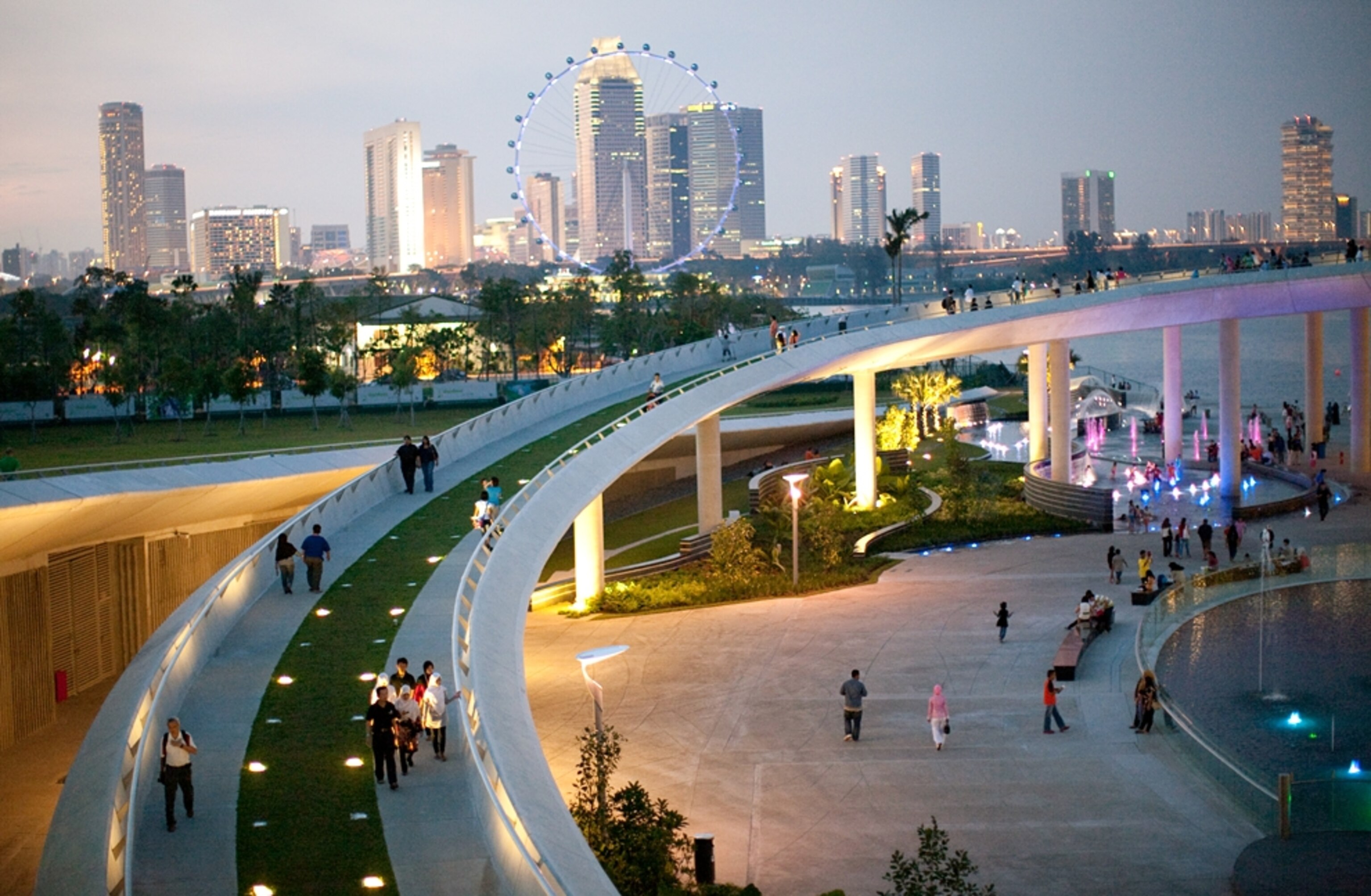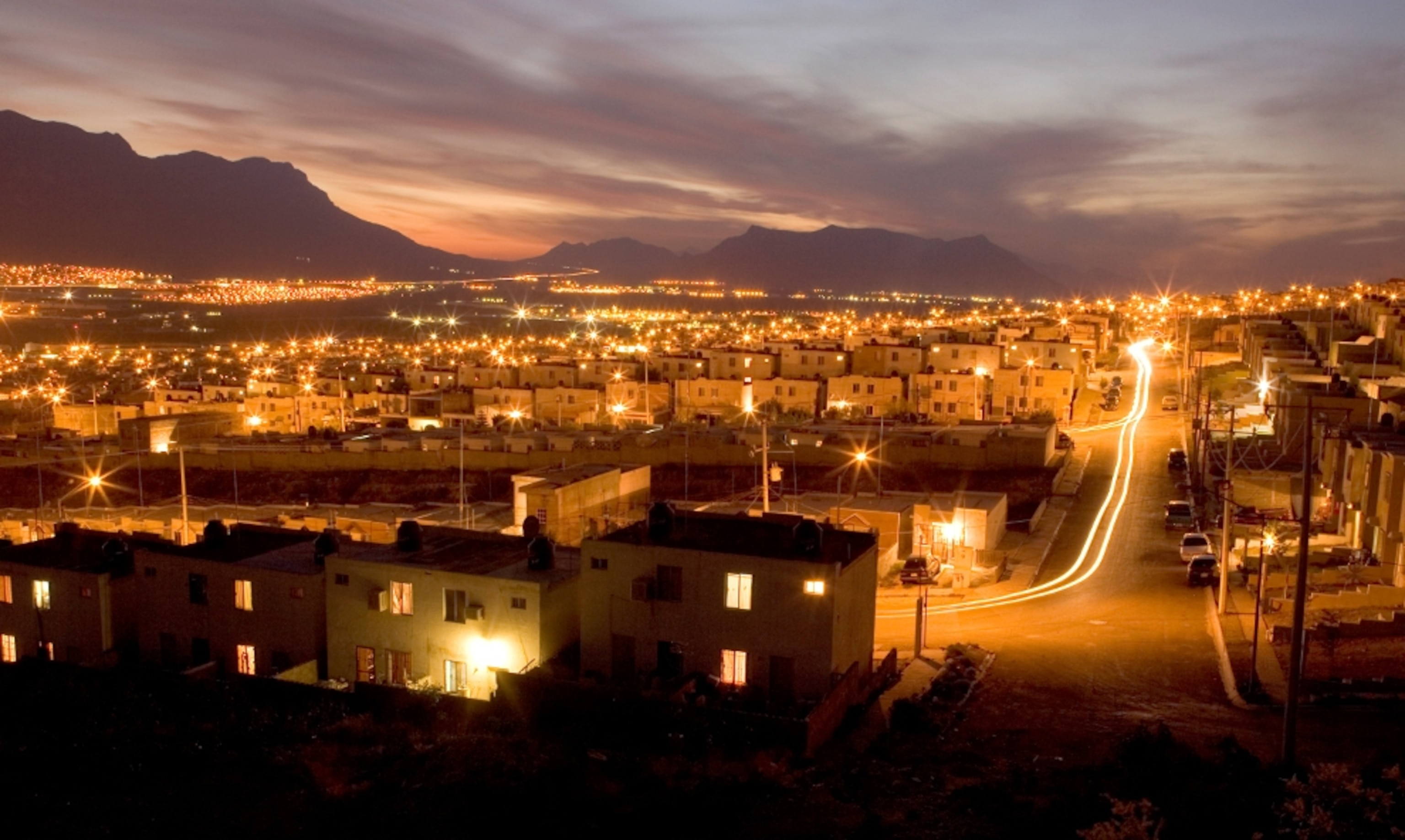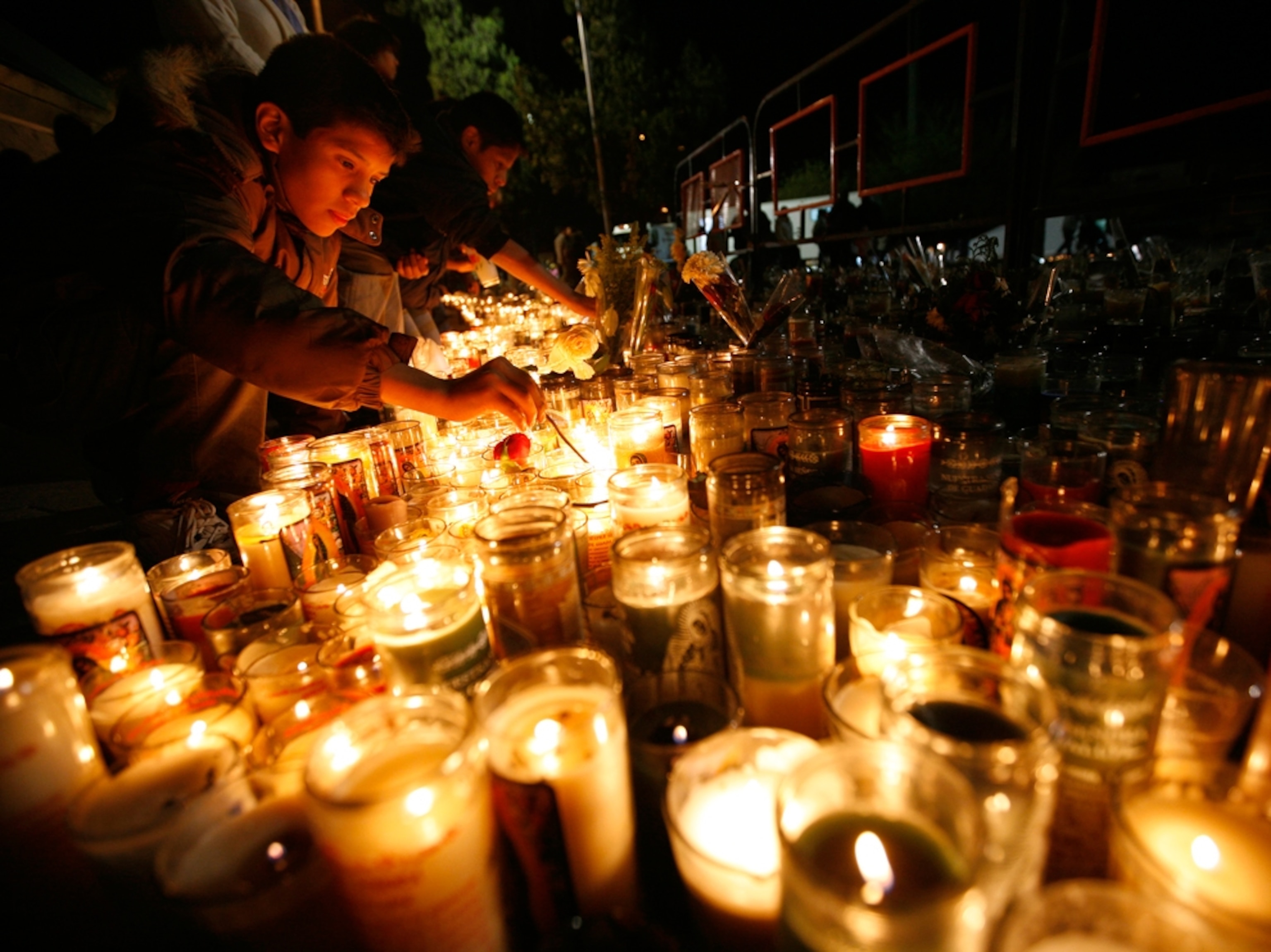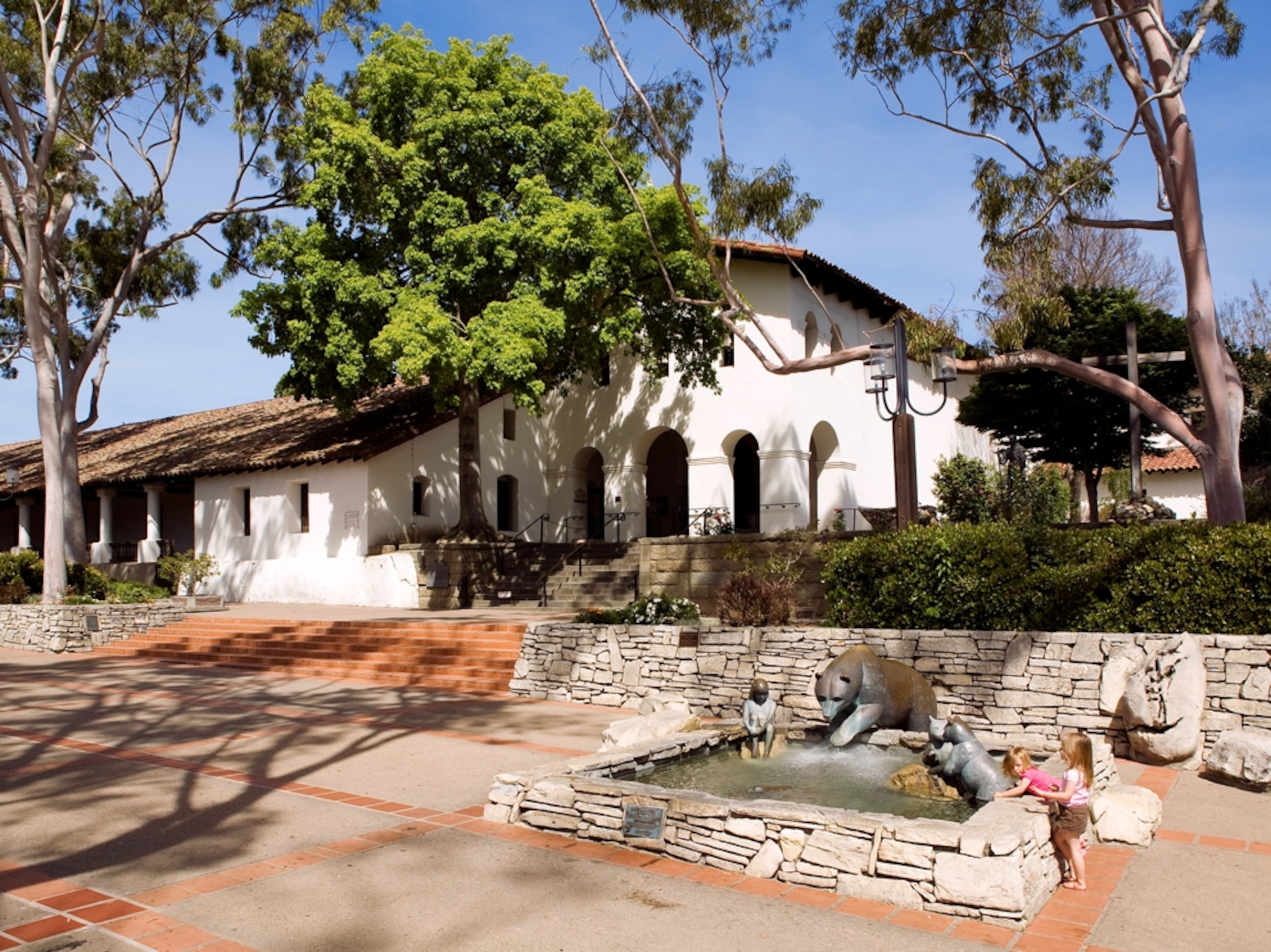1 of 8
Photograph by Anika Buessemeier, laif/Redux
Happiness Hot Spots
See photos of happiness hot spots, including Denmark, Singapore, Mexico, and California, from the new book Thrive by Dan Buettner, from National Geographic.
October 18, 2011
- National Geographic Expeditions
Travel with National Geographic

